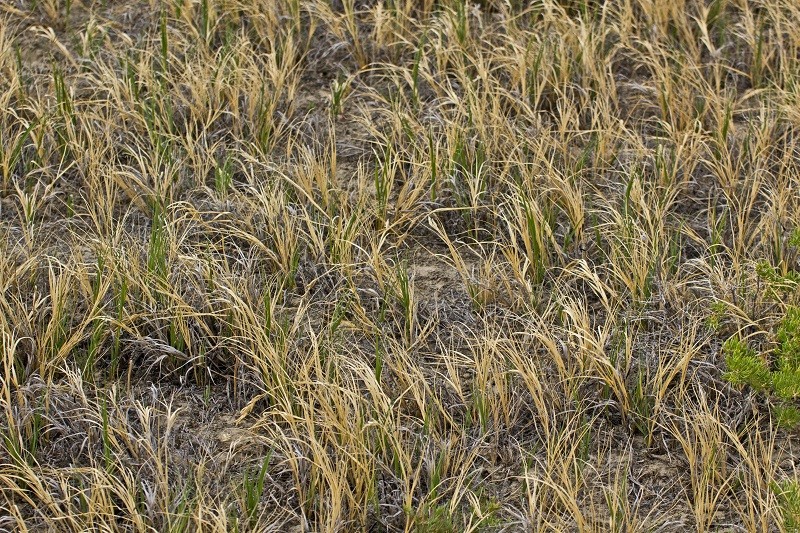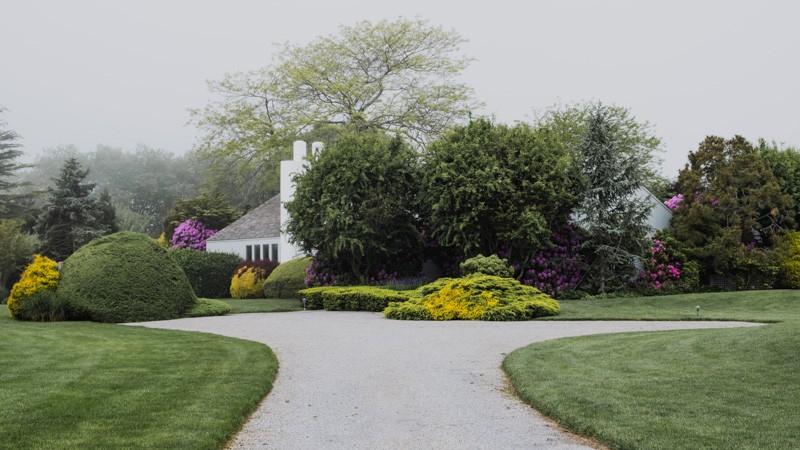You’ll want to roll up your sleeves and get to work on some serious yard maintenance because of the lovely upcoming pre-springtime weather in Tennessee that we usually experience throughout February and March. Preparation is the name of the game in the pre-spring. You’re well on your way to having a yard to admire and enjoy all year long if you abide by these pre-spring lawn care tips.
Catch Lawn Disease Early

Numerous lawn diseases can emerge in the spring. Your grass may be susceptible to illness in the spring due to the long, cold winter and the gradually warming weather. Your beautiful grass will appear healthy the rest of the season if you spot these problems early:
- Snow Fungus: After a wet winter, scan your yard for any lingering, sticky leaf tissue.
- Brown Spots: Dark, ring-shaped dead grass patches that spread out over time.
- Money Spots: Smaller-than-a-half-dollar-sized patches of brown or white grass.
Pre- and Post-Emergent Herbicides
The best timeframe to apply pre-emergent to establish a good topside barrier for crabgrass control in Tennessee is best done with two split applications for extended control. They both should be applied between mid/late January and mid/late April.
The ideal time to apply a post-emergent herbicide for common winter and spring broadleaf weeds is actually during the same timeframe. The majority of broadleaf weeds will always be present during the early spring months
Annual cool-season weeds won’t survive the warmer spring and summer months. Similarly, warm-season annual weeds won’t last the fall or winter. Perennial weeds, on the other hand, are here to stay. To combat these difficult weeds, you must be on a continual program of both pre-emergent or post-emergent herbicides. Typical springtime weeds for Tennessee include:
- Henbit
- Chickweed
- Wild onions/garlic
- Dandelions
Core Aerate Your Lawn Every Fall
Core Aeration is the practice of improving soil airflow to make it simpler for the roots of your grass to get water and vital nutrients. Water and nutrients can reach your turfgrass’s roots directly thanks to aeration.
Overseed
Does your lawn have any barren or brown patches? Has your yard seen a lot of foot traffic? Consider overseeding to give your lawn a healthy, lush appearance. For lawns that experience a lot of foot activity, such as during backyard soccer matches, fetch games with Fido, and outdoor gatherings, overseeding is a terrific option.
Fertilize
By fertilizing, you can provide your lawn the essential nutrients it is lacking. For optimal growth in the summer, you should fertilize your lawn twice a
By fertilizing, you can provide your lawn the essential nutrients it is lacking. For optimal growth all growing season long, you should fertilize your lawn seven times a year.
Lawncare spraying companies have the flexibility to adjust the rates of nitrogen and other needed nutrients like iron, unlike box retail companies that sell DIY bags of fertilizer, with the correct application to your lawn dependent on temperature, rainfall/irrigation and present seasonal lawn conditions.
Water Wisely
In the spring, wait to water your lawn until you see indications that it needs it. Watering your grass in the early spring would be inefficient because your soil can still be moist from the seasonal spring rainfall. You obviously won’t need to water if you have a lot of rain in the spring.
To check the moisture level of your soil, use a screwdriver. Your soil is moist if you poke the tip of a screwdriver into it, and it immediately sinks in. Your soil is too dry if it takes effort to drive the screwdriver through. For the duration of spring, you should water your yard no more than 1 inch per week after you start. Water in the early morning hours between 5am and 10am to prevent water from evaporating before the roots have a chance to absorb it. And to avoid fungi spores from turf disease to become overly active.
It’s best to water the grass deeply for 60-90 minutes per area once a week as in infrequently so that the roots can absorb the water… or 30-45 minutes per area twice a week. If you do water your grass twice a week, you are giving it enough time to absorb the water without endangering dehydration.
Spring Lawn Maintenance Pays Off
If you can put in the labor while the weather is still moderate in the pre spring by raking up late fallen leaves from the fall months and getting an early cut on your winter pale turfgrass with a few mowing’s to stimulate growth activity again, that lovely, lush lawn in the summer will be the envy of all your neighbors.
To have your lawn in show-stopping condition, all you need to do is a little preparation. If having the lawn of your dreams seems unachievable, get in touch with a Secure Lawn care specialist who can make your dreams come true.


